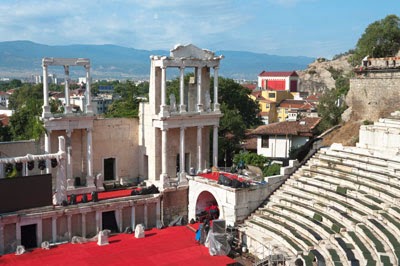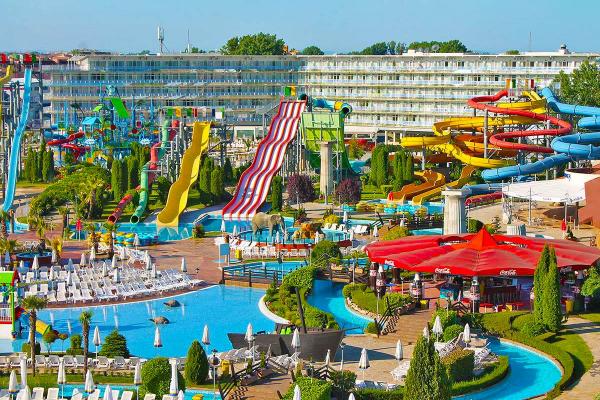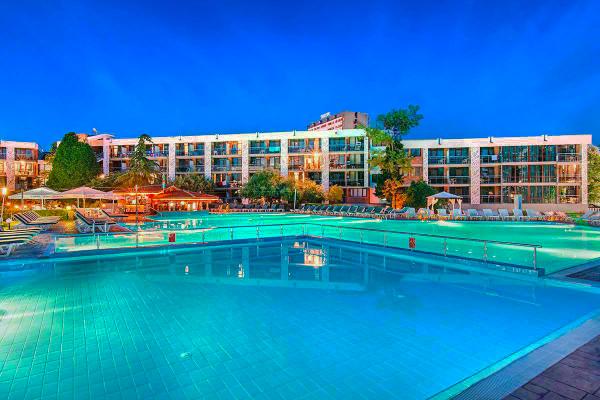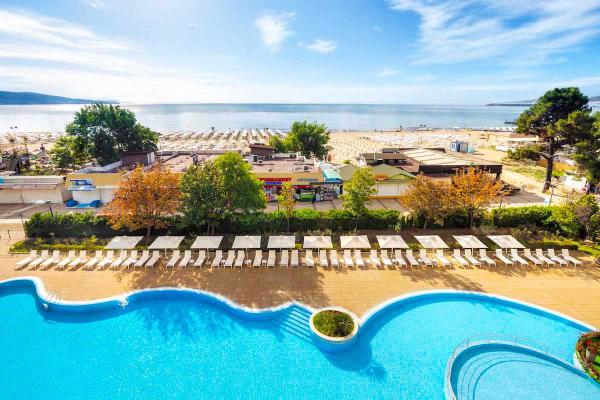Travel Must See From Plovdiv City - The Antique Theatre

Plovdiv is one of the most renown and charming cities in Bulgaria, famous for its exceptional landmarks. Without doubt the biggest attraction to the city however is the ancient theatre of Philippopolis, located in the Plovdiv Old Town. The theatre was built during the 2nd century and is believed to be one of the most preserved antique theatres in not only Europe but the entire world. The theatre was discovered in the early 1970's after a landslide exposed the theatre for the very first time beginning a major archaeological excavation to reveal the full beauty of the theatre, including the removal of approximately 4.5m of earth covering what was still hidden by the landslide.
The spectator seats are directed to the south, towards the old town and the Rhodope Mountains. The open spectators' area includes 28 rows of marble seats, divided into two tiers by an aisle. The upper part of the tiers is disrupted by narrow radial stairways, which divide the spectators' area into wedge-shaped sectors surrounding the stage and orchestra. Built with around 7,000 seats, each section of seating had the names of the city quarters engraved on the benches so the citizens knew where they were to sit.
As is custom with all theatres during the Roman Empire, the honorary spectator seats at the theatre of Philippopolis were inscribed. These inscriptions were not only made for the representatives of the city council but also for magistrates, friends of the Emperor, etc. Some of these honorary inscriptions show that the theatre was used by the Thracian provincial assembly.
Presumably, gladiatorial fights with animals were held in the theatre as the remains of safety facilities in front of the first row of seating have been discovered. These safety additions are presumed to have been added due to the visit of Emperor Caracalla to Philippopolis in 214 AD. The theatre was damaged in the 5th century AD by Attila the Hun.
The restoration of the Roman theatre in Plovdiv is considered one of the best achievements of the Bulgarian Conservation School. The intervention is limited on the basis of rigorous tests and exclusion of assumptions. The reconstruction was done in strict accordance with the method of ?nastylosis and the new material is clearly visible. The theatre is one of a number of constructions from the time of the Roman Empire, preserved in Bulgaria. Several wall inscriptions written in Greek have also been found in the theatre.
Today, the theatre is used in one of the emblems of the city and as a stage for classical drama, dance and music. During the summer months, the theatre hosts theatrical plays and musical shows.



